Species:
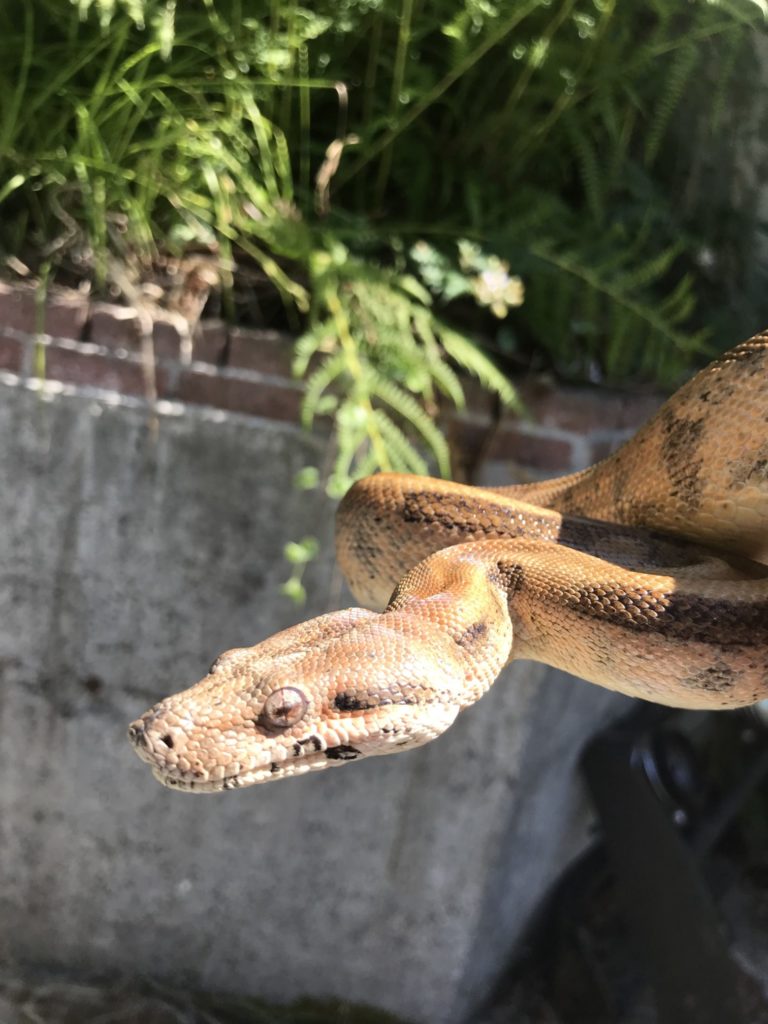
Most people have some understanding of what “species” means. In basic terms a species is a group of animals that is genetically isolated from another group either by geographical isolation OR genetic incompatibility. Those that are genetically incompatible often cannot interbreed to produce viable offspring. Some genetically incompatible species can produce live offspring but those offspring are not fertile. That means an individual born from parents, that are different species, is not-fertile and will not be able to reproduce themselves. Speciation driven by geographical isolation is not always complete, nor permanent. When these groups come together, they are sometimes able to produce offspring that are both viable AND able to continue to reproduce.
Examples from the world of mammals:
The Liger
A liger is a cross between a Lion and Tiger. Ligers don’t seem to be fertile, although there is a report of one Liger female in Russia having had a cub produced by her breeding with a Lion. It is unknown whether or not that report was validated. If the Liger is not able to produce viable offspring, that would mean it is not a threat to the genetic preservation of the separate Lion and Tiger species, and therefore, will not influence their populations in the wild.
The Irish Wild Cat
The Irish wild cat is another story. This species is able to produce both viable AND fertile offspring with the domestic house cat. That is putting the Irish wild cat species at risk of a slow disappearance overtime due to genetic dilution. Each time a mix of the species is produced and then bred back into the wild population, the Irish wild cat becomes less true to its original species. This is a serious threat to the species in the wild. Conservationist are desperately trying to both minimize their interbreeding with domestic cats in their native habitat, as well as trying to create and maintain a healthy captive population to act as a genetic bank for use should the species become too threatened in the wild to recover.
Examples from the snake world:
- Super Ball: Ball python is cross bred with a Blood python
- Carpondro: Green Tree Python crossed with a Carpet python
Most of these snake hybrids are not able to reproduce, but they have gained popularity, for some people, due to their novelty. Hybrids created purposely like this are a bit controversial. The endless debate between conservationists and captive breeders about preserving what nature created vs tinkering with, and manipulating genetics through artificial breeding, is ongoing and complicated.
Sub-species
This term is used to define a group of individuals within a species that share a particular trait unique to their group. The trait does not cause enough difference that they can be considered a fully separate species however it is notable, and sets them apart from the greater group. Over time as sub-species diverge from each other due to ecological pressures, they can and do give rise to new species. There are more than a few examples of this in our snake friends. The blood pythons were once thought to be all the same species with phenotypic variations that we categorized as sub-species traits. Now we know the three groups did, in fact, diverge over time to allow genetic differences that are significant enough to warrant reclassifying them.
What was once thought to be three variations of Python Curtus is now considered to be the following three separate species:
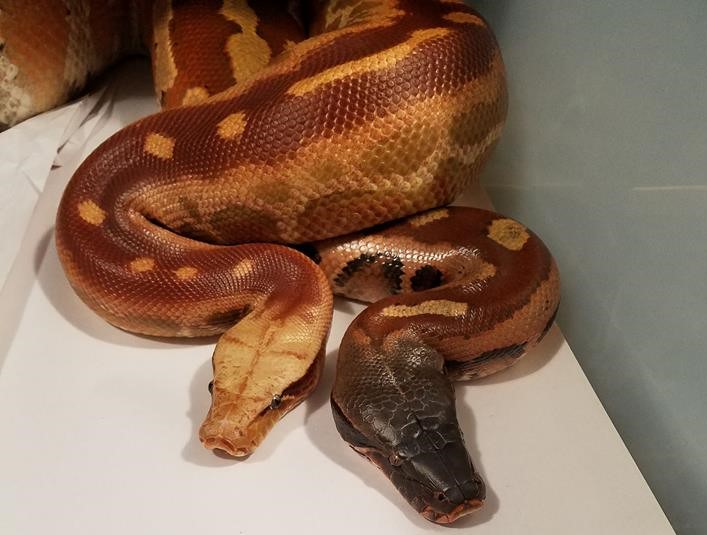
Red blood 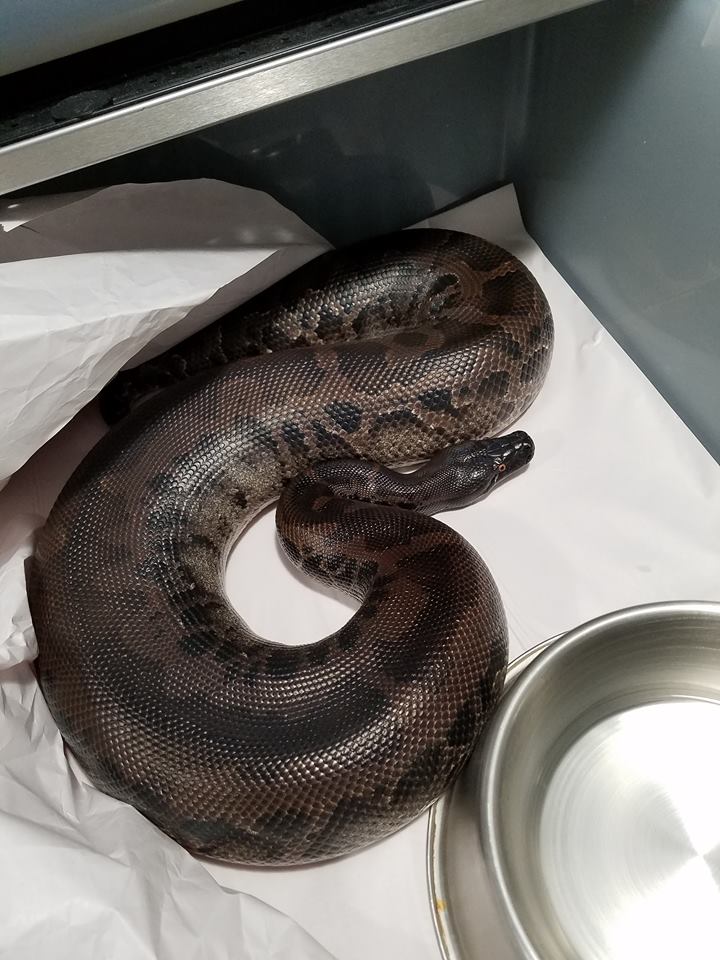
Sumatran 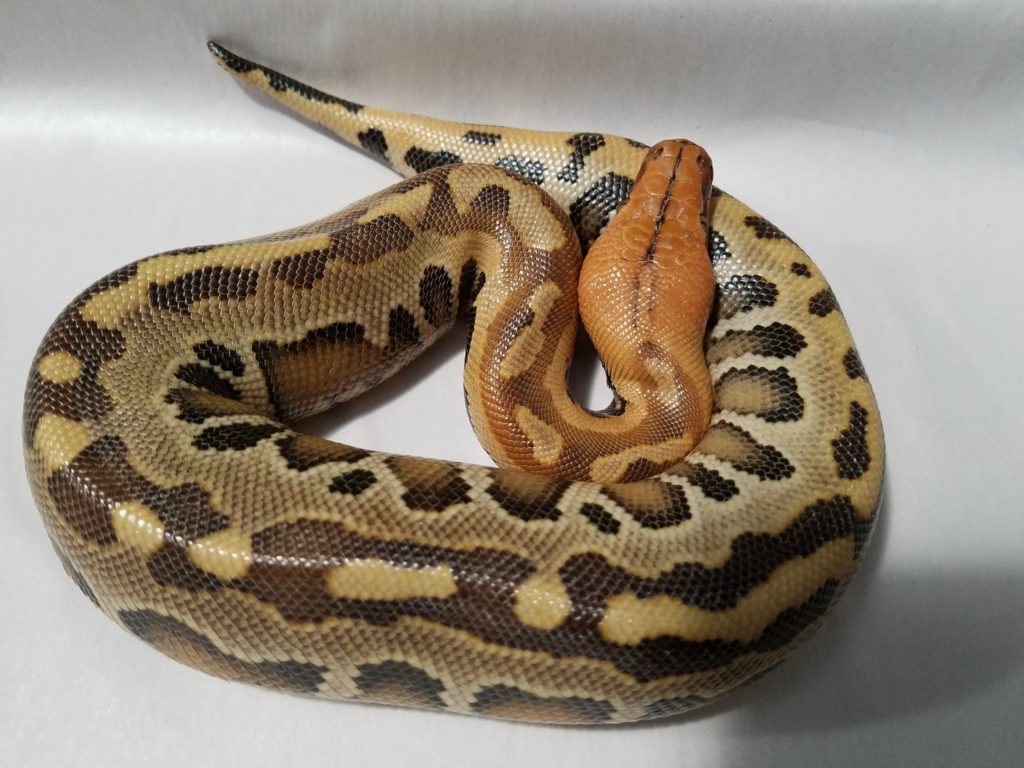
Borneo
- Python Curtus: Sumatran short tail python
- Python Brongersmai: Blood python
- Python Brietenstini: Borneo short tail python
These separate species can still interbreed and produce viable offspring, making them an example of geographical isolation as a drive for speciation in the wild, rather than genetic isolation.
Phenotype vs Genotype
These terms are used by geneticists to indicate the differences based on either visual outward appearance , or the genetic makeup that drives that appearance.
- Phenotype: outward appearance
- Genotype: genetic makeup
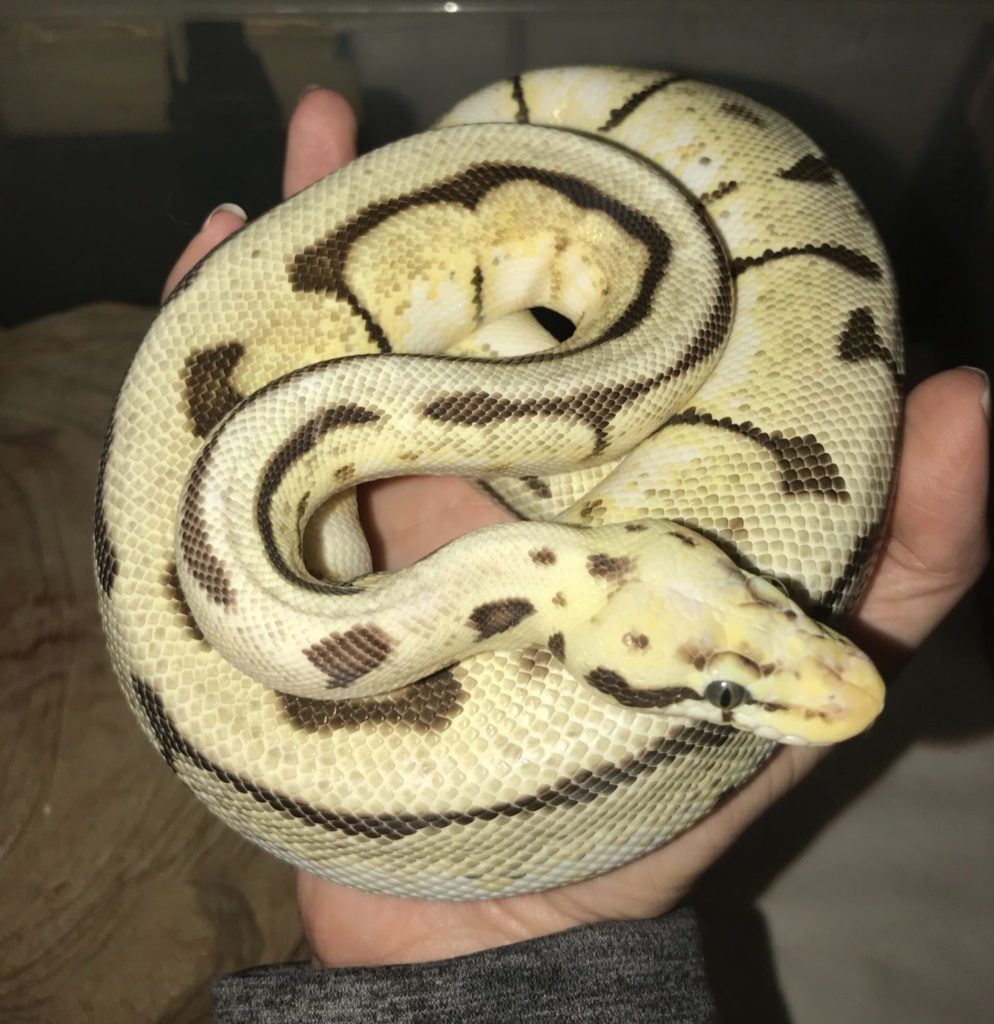
Lita: Bumble Bee Spider ball python 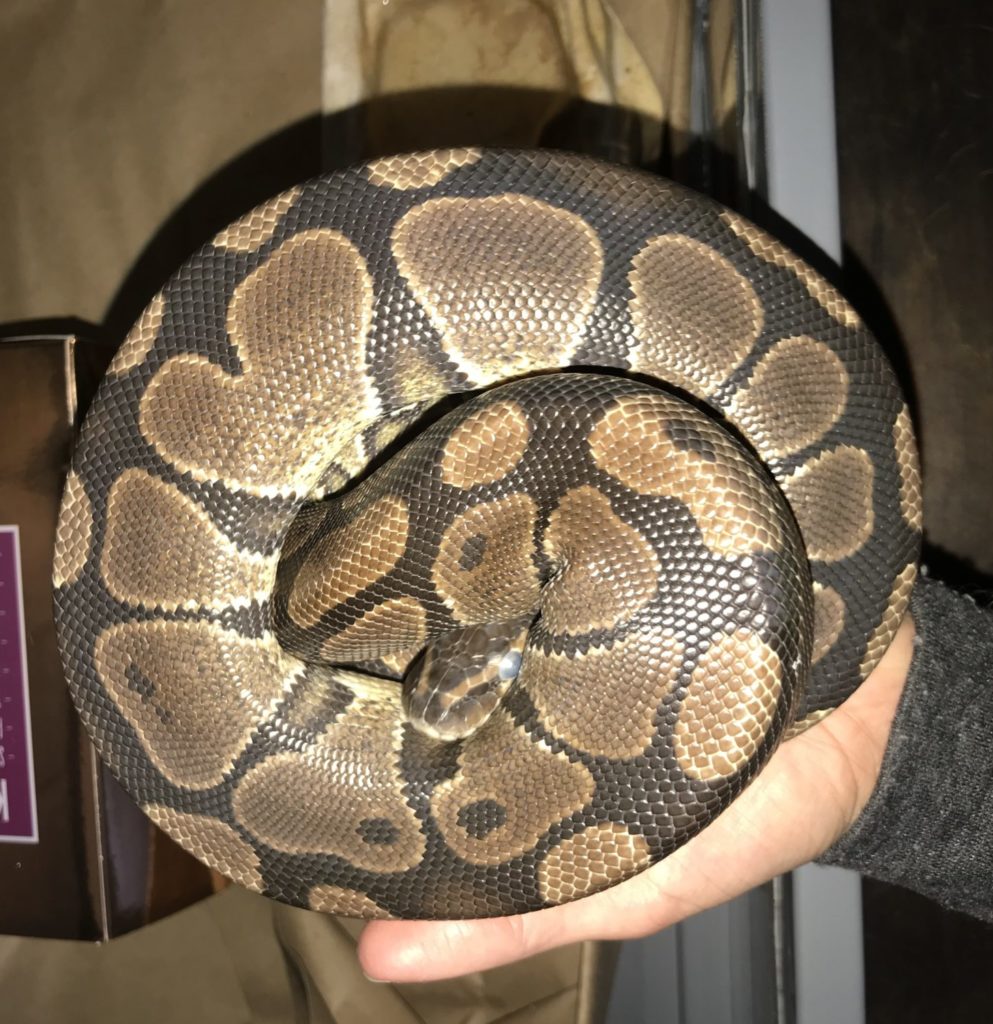
Rose: Normal ball python
Understanding an individual’s genotype is generally a much more specific and complicated discussion because it can be used to indicate many different gene locations, alleles, or expressions. Not all genes will have the same strength in affecting phenotype, and many interact and influence each other’s expression. Phenotype is described in much more common terms such as size, shape, and color of the actual animal. Understanding this distinction is important if you plan to delve into the world of genetics and breeding for different morphs. In the examples pictured here we see two ball pythons – Rose is a normal (wild type) ball python and Lita who has a very different phenotype. Lita’s genotype is very different from Rose’s. It includes two different color/pattern genes, and an unfortunate mutation. (See her page for more details on that.)

